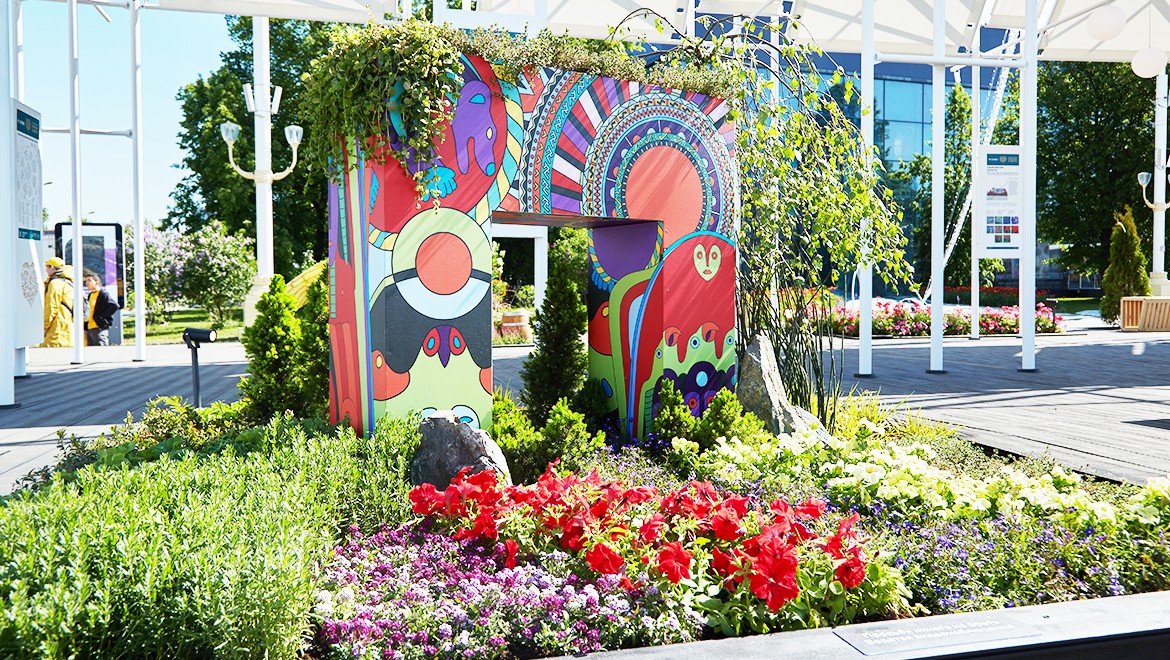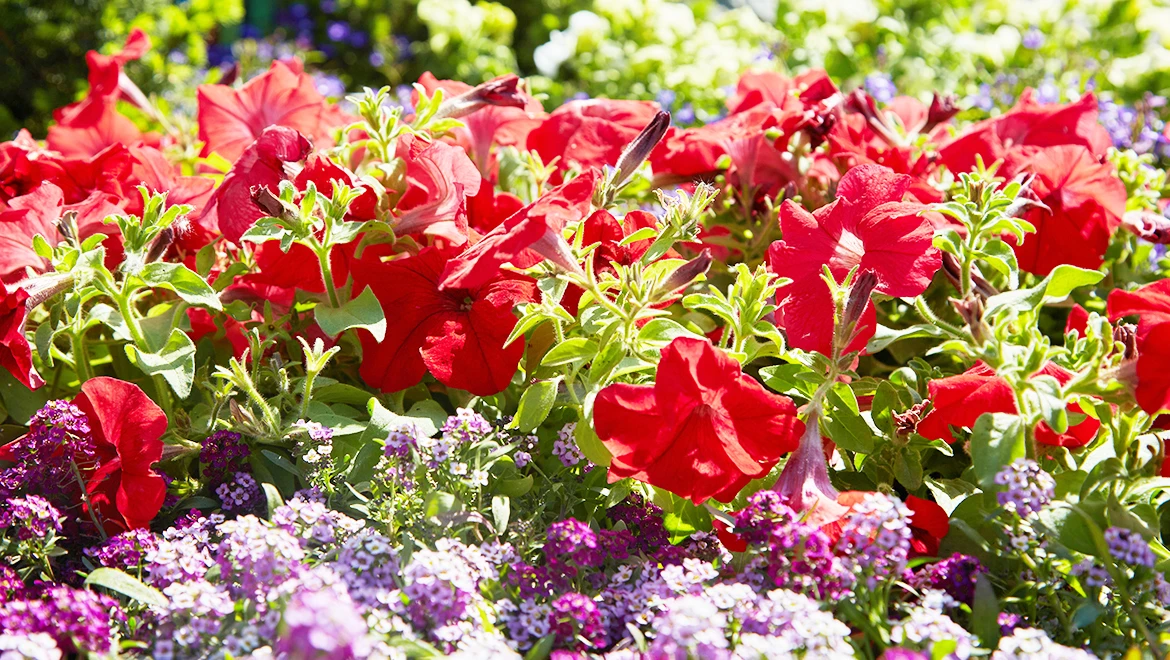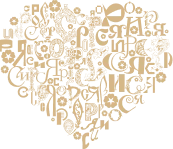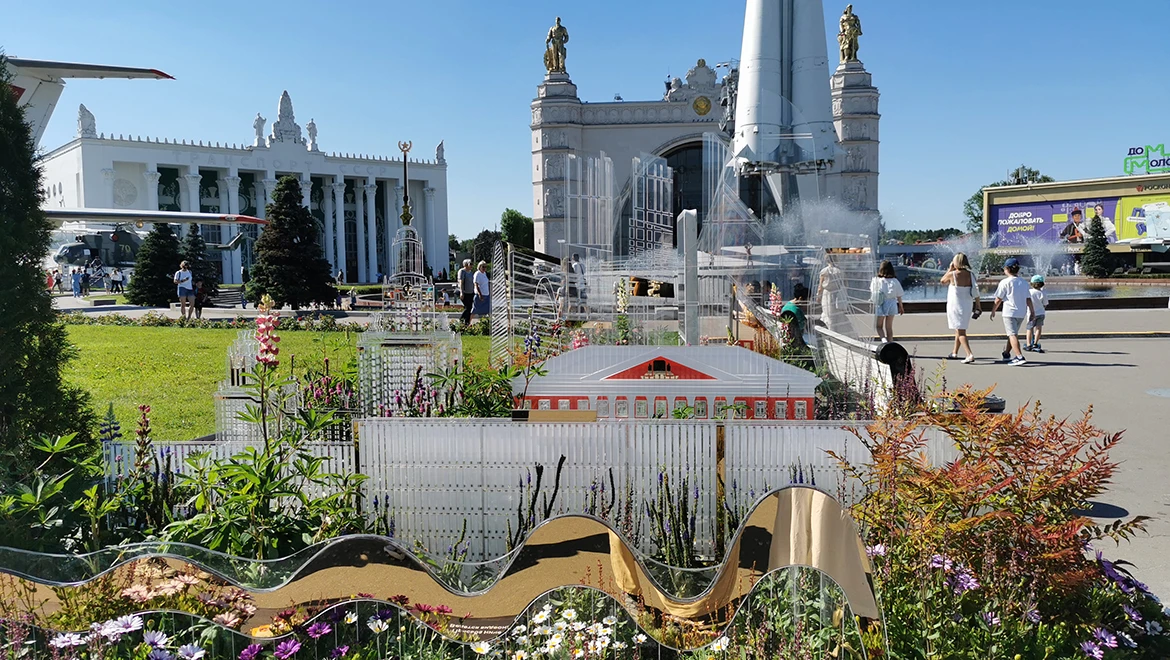Unity. Perm region
The future of the Perm region lies in preserving nature. The
composition showcases the plants of the Kama River area as symbols of the
resilience and vitality of the people of Perm, calling for the preservation of
the region's uniqueness for future generations. The installation, featuring the
letter "P" as a bridge over the river, symbolizes unity, cooperation,
and sustainable development, connecting diverse communities, cultures, and
ideas in a unified space.
The composition represents plants from all the natural zones of the region. Iconic plants of the Perm region, symbolizing persistence and vitality, include birch, spruce, and pine. Relict ferns and horsetails, grasses from the forest-steppe zone, as well as the flora and fauna of high mountain meadows, glaciers, and rocky slopes, create a diverse mosaic landscape, making it attractive for tourism, ecological research, and conservation of natural resources.
Another symbol of the region is the field horsetail. This
perennial relict plant is widespread in the Perm region. Horsetails appeared on
Earth 400 million years ago. The field horsetail is used in medicine, as its
shoots are rich in trace elements, proteins, and vitamins. During the Great
Patriotic War, the field horsetail saved the people of Perm from starvation and
disease. A monument has even been erected in honor of this valuable plant.
Numerous delicacies and the famous Perm pies, "posikunchiki," are made
from horsetail.
Along with the RUSSIA EXPO, the flower festival is also coming to an end.
The "Future in Flowers" festival continues at the RUSSIA EXPO, where unique flowerbeds from all regions of our country can be seen at the "Space" pavilion until July 8.
The RUSSIA EXPO concludes on July 8, and with it, the flower festival will also come to an end.





